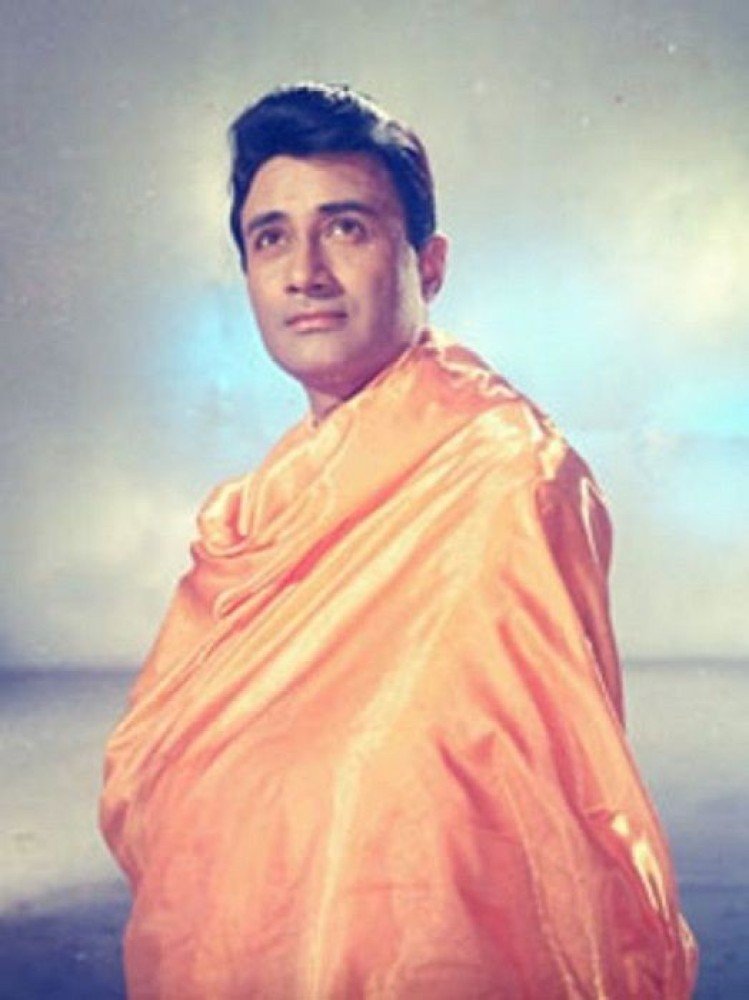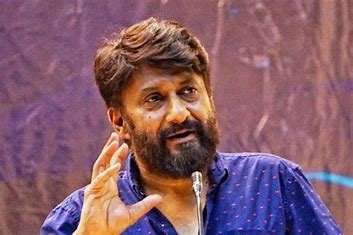Dev Anand’s films
By Justice Katju
The Indian origin journalist Mayank Chhaya, who is based in Chicago, has written an article on the film star Dev Anand, published in the portal indicanews.com
The article mentions little about Dev Anand’s films, and only recounts some encounters with him.

Films are a form of art, and about art and literature there are broadly two theories (1) art for art’s sake, and (2) art for social purpose.
The proponents of the first theory believe that the purpose of art is to create a work of beauty to please people’s aesthetic feelings, or to entertain them. If art is used for social purpose it ceases to be art and becomes propaganda.
On the other hand, proponent’s of the second theory believe that apart from providing entertainment, art should also serve a social purpose, by attacking social injustices, and inspiring people in their struggle for a better life.
https://www.outlookindia.com/website/story/the-role-of-art-literature-and-the-media/283732
Since films are also a form of art, which school should be followed in making films in India ?
In rich countries there can be no objection to films like the James Bond movies, or films of Sylvester Stallone, or Terminator, which were only for entertainment, but with no social purpose.
But in poor countries, films must also have a social purpose, apart from providing entertainment. This is because in these countries most people are leading miserable lives, and art should help them in their struggle for better lives. Pure entertainment without any social relevance is really like a drug which makes people forget their miserable lives for a couple of hours.
It is for this reason that I criticised the film ‘Pathan’ as it had no social relevance, and was just to provide entertainment by sensationalism and thrills.
Films of Raj Kapoor, like Awaara, Shri 420, Boot Polish, Jaagte Raho, etc had social relevance ( apart from providing entertainment ). Similarly, films of Satyajit Ray ( like Ashani Sanket ), Charlie Chaplin ( like Limelight, The Great Dictator ), Sergei Eisenstein ( like Battleship Potempkin ), etc had social relevance, and these were hits at the box office. So it cannot be said that films having social relevance cannot be successes.
But most of Dev Anand’s films, like those of Rajesh Khanna, Amitabh Bacchan, Shah Rukh Khan, etc had no social relevance, and were solely entertainment.
I regret that Dev Anand’s ‘flamboyance’ may have impressed Mayank Chhaya and many other people who are only interested in thrills, but it hardly impresses me















